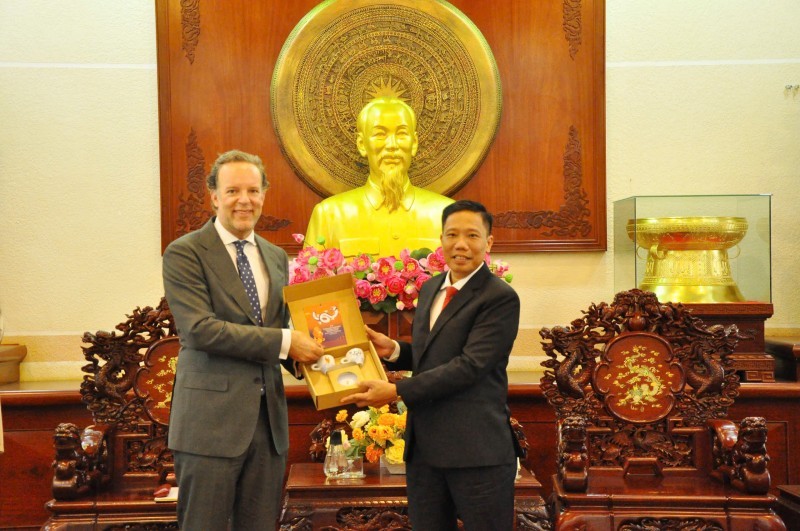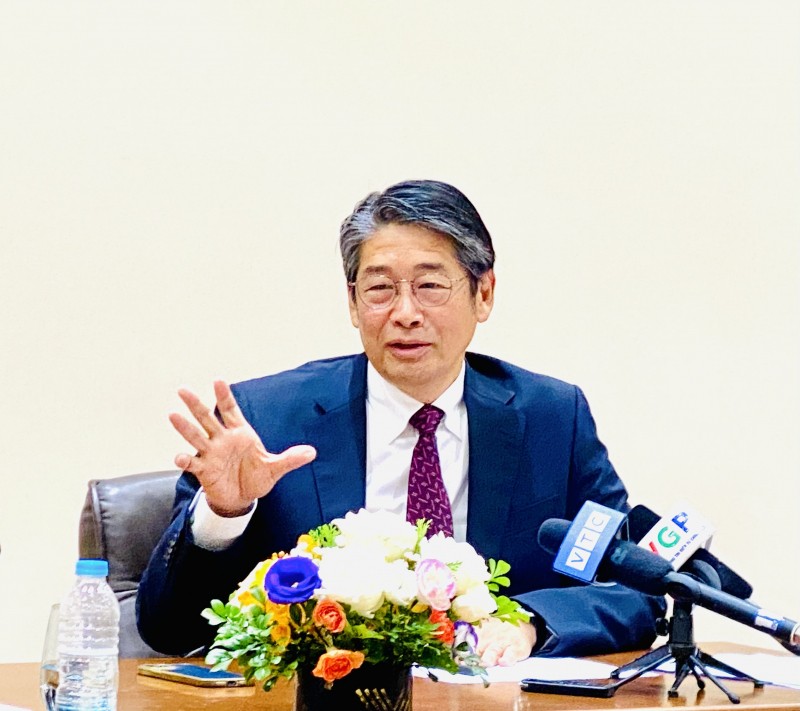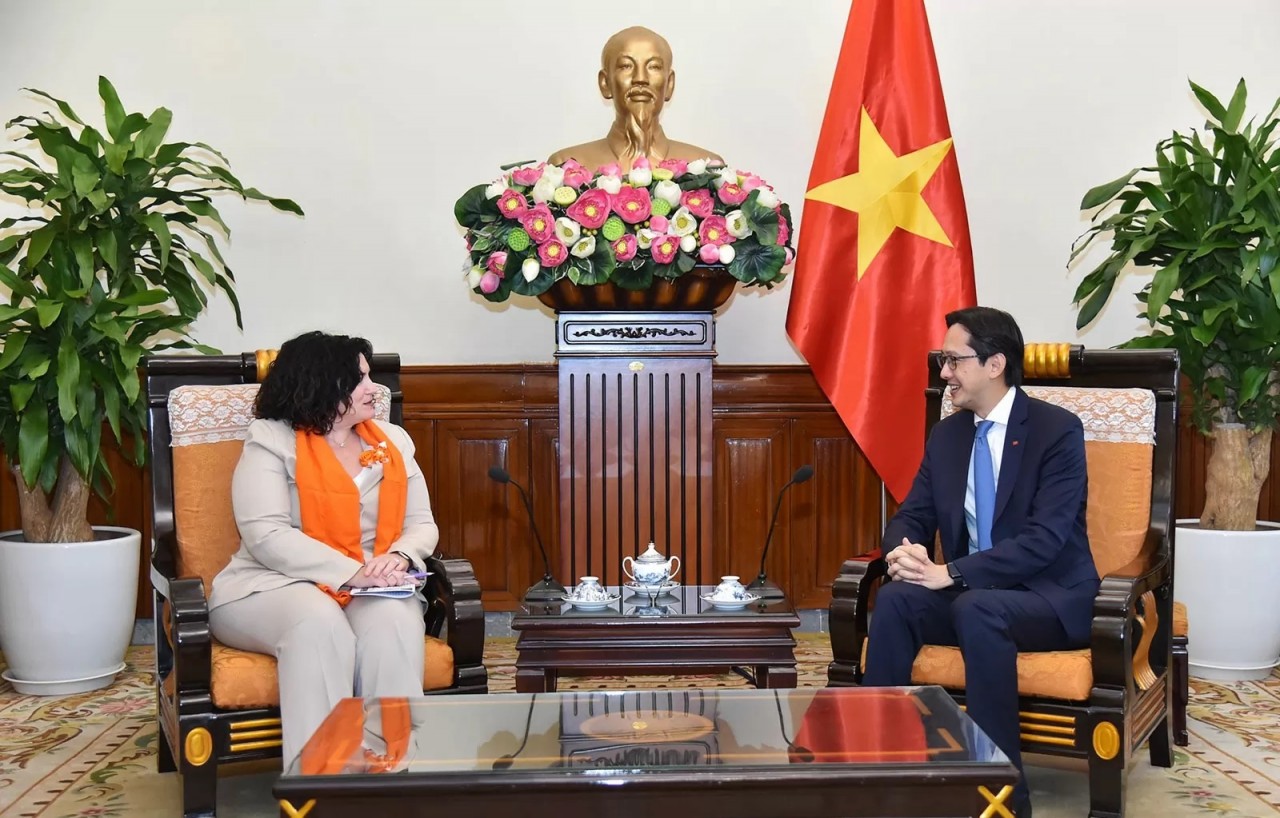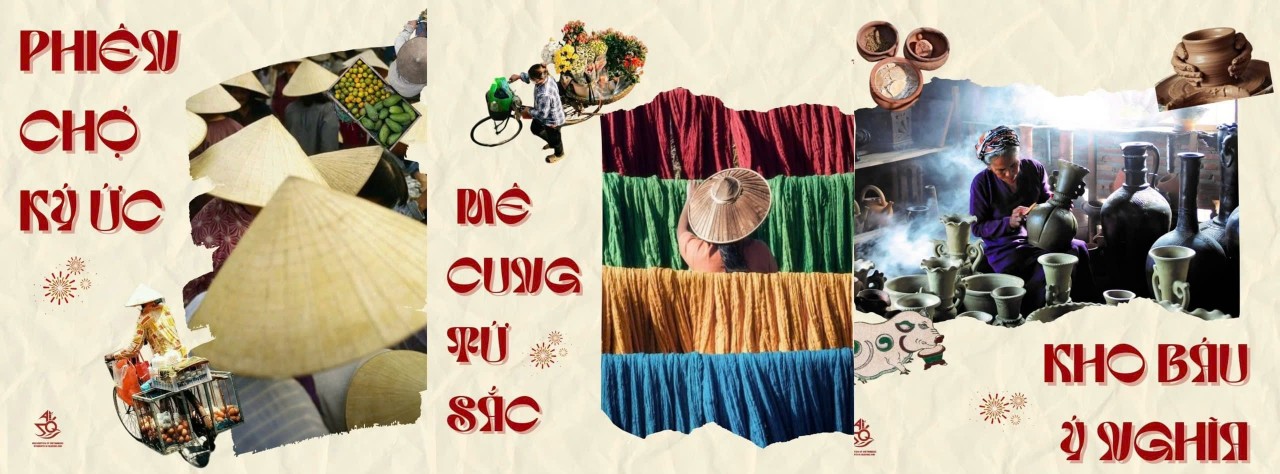Vietnam on natural disasters relief: Children - the agent of change
(VNF) - Child-centered disaster risk reduction is the key topic discussed throughout the conference on final review of Vietnam’s efforts in emergency response to drought and salt water intrusion took place in Hanoi on Thursday.
The conference was jointly held by the Ministry of Agriculture and Rural Development, UNICEF and the government of Japan in celebration of the National Day of Disaster Prevention and Control. (May 22).
According to Youssouf Abdel-Jelil, UNICEF Representative in Viet Nam “Children bear the brunt of climate change, so it’s critical to invest so that a natural disaster doesn’t become a catastrophe in the life of a child.”
He also pointed out negative threats caused by climate change to kids such as malnutrition, diarrhoea, schooling disruption. The consequence of extreme weather events like floods, droughts and so on can be irreversible to children's development.
 |
The conference overview
During the conference, participants took stock of the achievements and lessons learnt from the UNICEF-supported emergency response to the drought and salt water intrusion, rolled out in 2016 in 10 most affected provinces in the country, which are Ben Tre, Binh Thuan, Ca Mau, Dak Lak, Gia Lai, Kon Tum, Ninh Thuan, Soc Trang and Tra Vinh.
 |
UNICEF program staff introducing games on developing kids' capacity on climate change effect reduction
Remarkably in the year 2016, besides providing immediate aid to people in the affected areas such as cash, equipments and infrastructure to reduce the damage caused by drought/floods, the program looks at the long-term solution which put children at the center by enriching kids' knowledges and reinforce their skills in disasters reliefs.
Nowadays, in various primary schools in the south and central part of Vietnam like Ho Chi Minh city, Ninh Thuan province, besides lessons of compulsory subjects, students can take part in lessons teaching them to draw risk-management diagram, play games to understand basic concept on how to protect themselves over dangerous weather phenomena.
Especially, the activities allow young students in those schools to freely express their ideas on building new approach to increase children's capacity in mitigating the risks of disasters and implement it on their own way. The teachers only act as the moderators or assistants throughout the process.
Besides, students also received training to establish good habits of washing hands properly with anti-bacteria soap, saving water, and other personal hygiene routines, in order to prevent diseases brought about by natural disasters.
After a workshop taking place in class 4A3 of the Lai Hoa 1 Primary school (Soc Trang province) Thanh Thuy (10 years old) said she and her classmates now are aware of natural disasters and how human’s behaviors are making it more disastrous, while Nhat Hao, her friend said: “Now we know how to stay safe under torrential rain, lightning or tornado.”, according to UNICEF correspondent.
More important, the program expects that the children can help disseminate the information they acquire to their family members. Hence the useful knowledges will step by step benefit the community.
The conference also endorsed the future orientations of the Government of Viet Nam and UNICEF’s cooperation with a focus on child-centred disaster risk reduction and risk-informed programming, and called for strengthen resilience in communities, schools and health facilities, and to draw on good practices, including those from Japan./.
About the Child-Centred Disaster Risk Reduction program:
In December 2016, the National Conference on Child-Centred Disaster Risk Reduction was held in Ninh Thuan province sponsored by UNICEF and the goverment of Japan to strengthen the partnership within the Law on Disaster Prevention and Control, Sendai Framework and Sustainable Development Goals (SDGs).
Since August 2016, UNICEF and the Government of Viet Nam have provided emergency relief to more than half a million children and women affected by the drought and salt water intrusion crisis in 10 provinces in Viet Nam’s Central Highlands, South Central Coast and Mekong Delta regions with a financial contribution of US$ 2.5 million from Government of Japan and US$ 1.5 million the UN Central Emergency Relief Fund./.
( Phi Yen )
Most read
Recommended
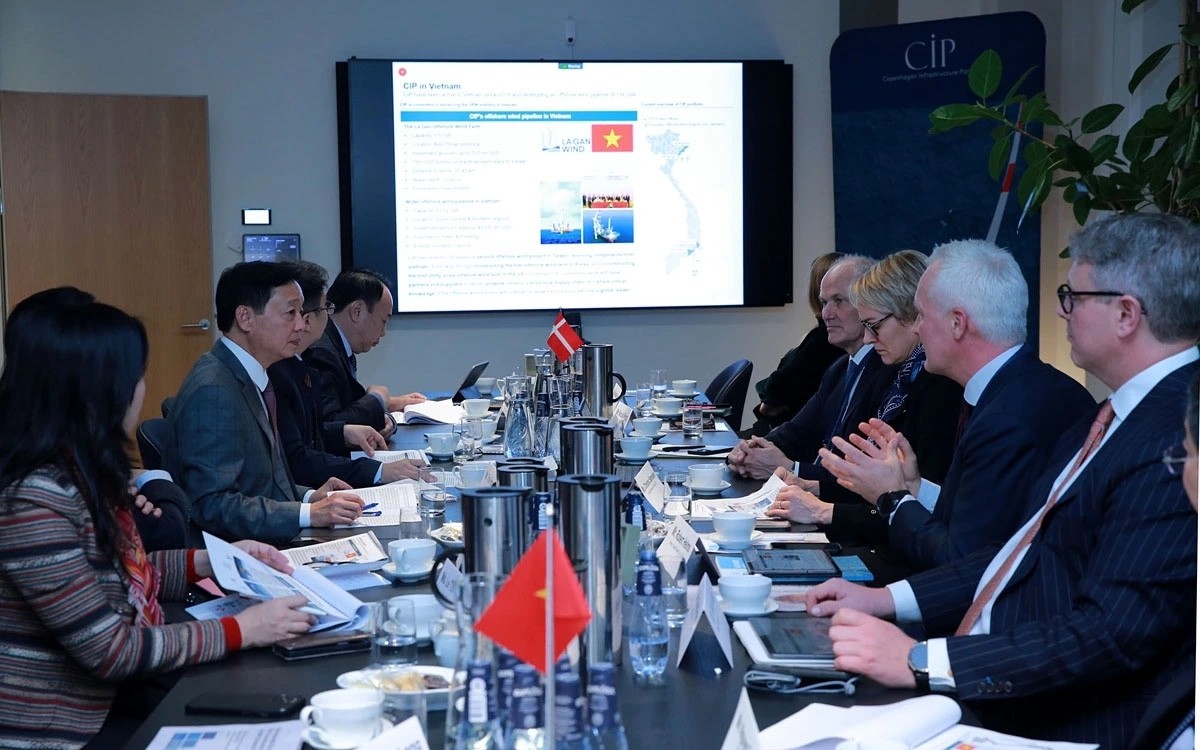 National
National
Vietnam News Today (Nov. 27): Vietnam Seeks Danish Assistance in Green Energy Development
 National
National
Vietnam, Malaysia Look Forward to New Era of Development
 National
National
Vietnam News Today (Nov. 26): Party Leader Receives Bulgarian President
 National
National
Vietnam News Today (Nov. 25): Cambodia Attaches Importance to Defense Cooperation With Vietnam
Popular article
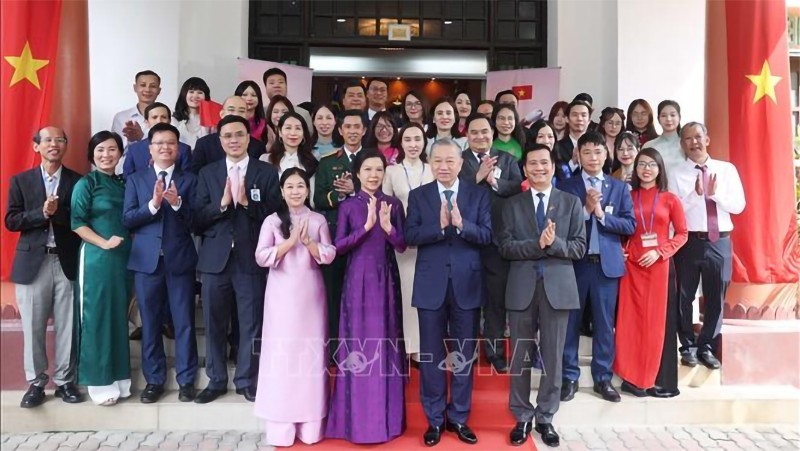 National
National
General Secretary To Lam Meets Vietnamese Community During Embassy Visit in Malaysia
 National
National
Vietnam News Today (Nov. 24): India, Vietnam Strengthen Coordination Capability in UN Peacekeeping Operations
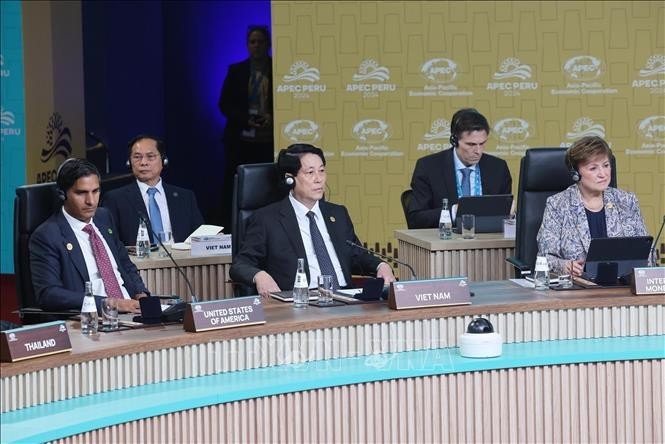 National
National
President of Vietnam Luong Cuong Proposes Direction for Promoting APEC's Role
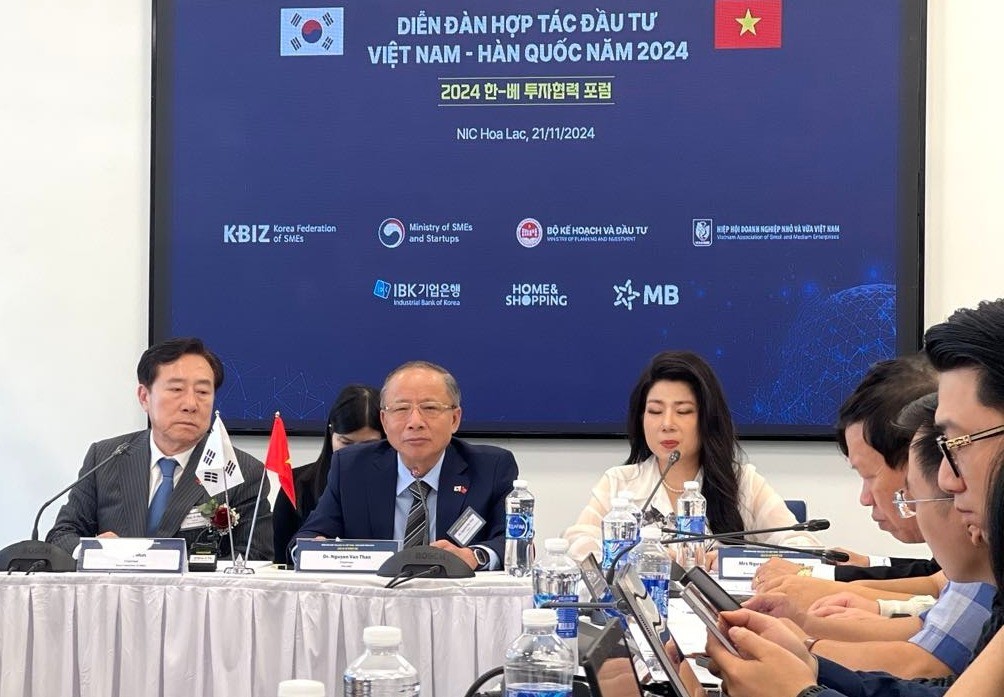 National
National




